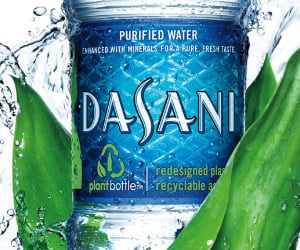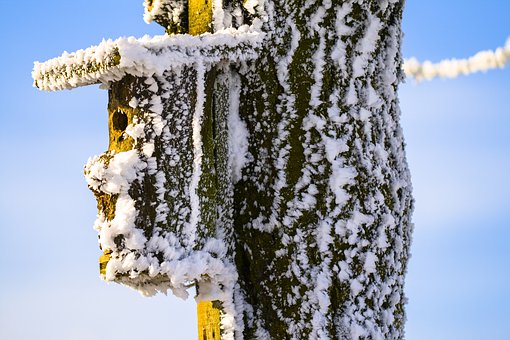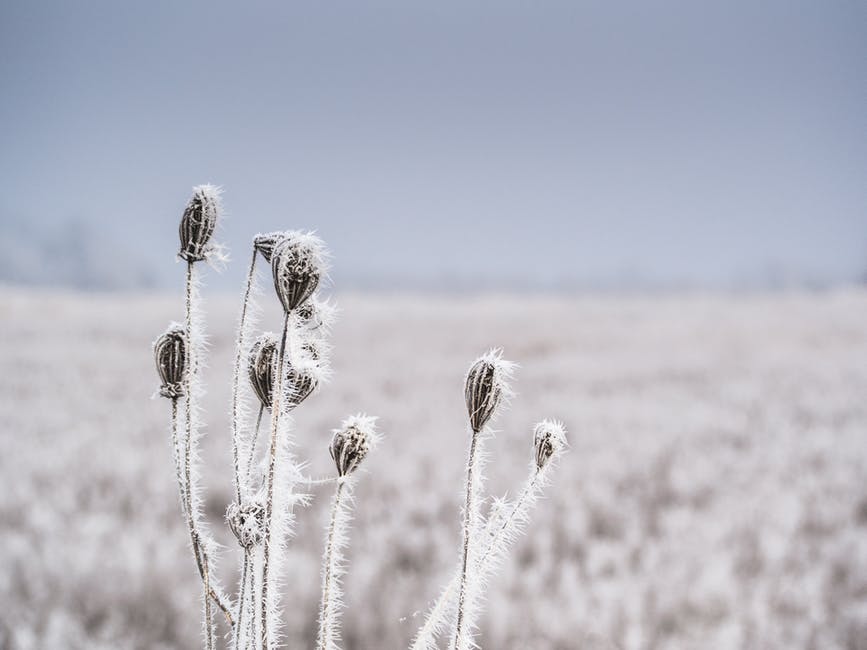General note
Dew, Rime, Glaze & Fogs form under calm and clear conditions where there is rapid terrestrial radiation at night leaving the ground very cold.
Dew
Dew forms when air hovers over a cold surface such as a leaf or grass that it condenses on contact into small water droplets.
Hoar Frost
Hoar forms when water vapour directly turns into solid (sublimation) on contact with a freezing surface forming ice crystals all over the surface.


Rime
Rime forms when supercooled water droplets freezes on contact with a freezing object e.g. a stem. The result is a feathery appearance encircling the object caused by supercooled droplets freezing on top of one another. Supercooled droplets may be present in the atmosphere (mainly from fogs) if there is no freezing nucleus, thus if they contact a freezing solid surface they freeze insatntly.

Glaze
Glaze form when rain or splashing water freeze on contact with a freezing surface. This produces an even glassy appearance encircling the object.

General note
Hoar, rime and glaze may seem similar.
Hoar: water vapour freezes
Rime: supercooled water freezes
Glaze: rain freezes
Fog
Fog is a surface cloud that forms under night, clear, and calm conditions when air condenses as it hovers along a cold ground.Fog is very dense resulting in less than 1km visibility.Two types of fog are:
Radiation fog
This forms on clear nights were rapid outgoing radiation leaves the ground very cold resulting in parcles of air condensing as they hover along it.Radiation fog is dense in valleys.
Advection Fog
When warm air hovers along a cold surface resulting in rapid cooling and therefore condensation. Advection fog is more pronounced along coast where unequal heating of land and sea exists.
Mist
Is a less dense fog with visibility of more than 1 km.
